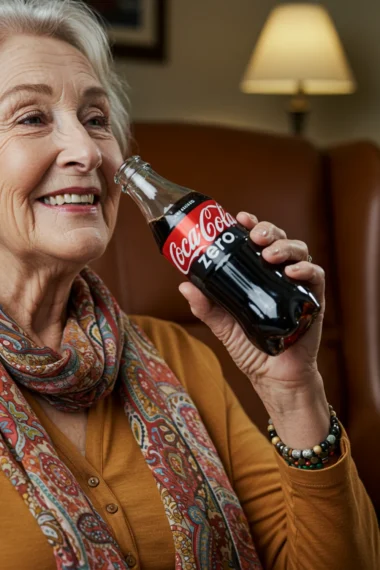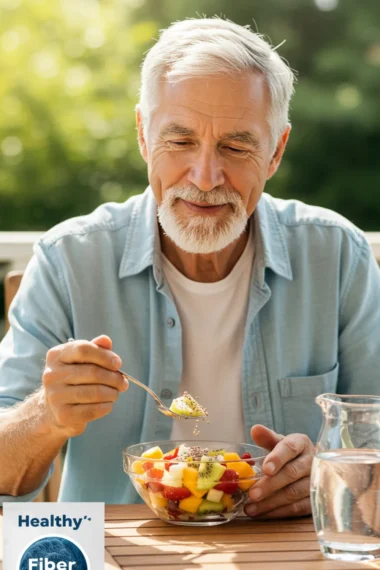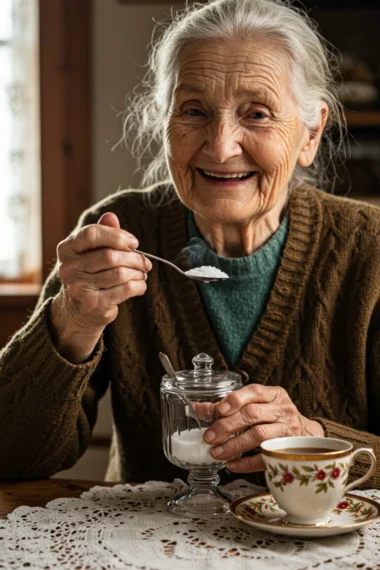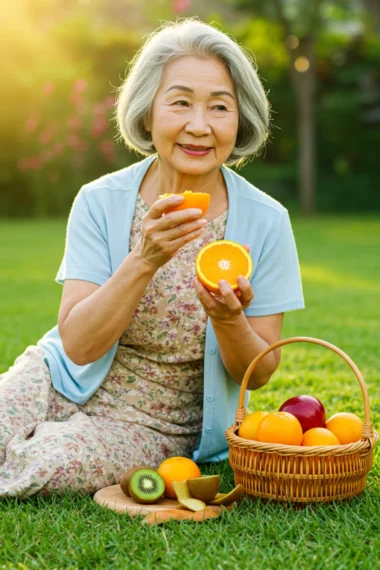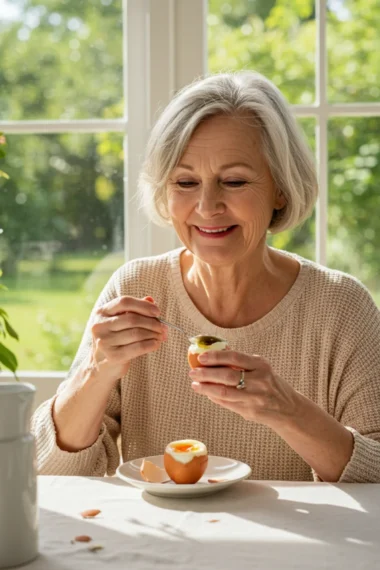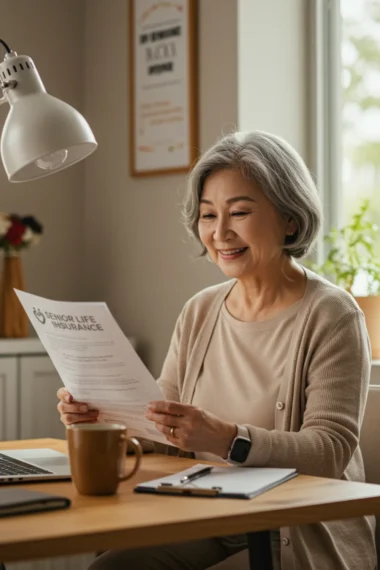What Is the Best Lunch for Seniors? Nutritious & Delicious Ideas for Healthy Aging
According to the National Institute on Aging (NIA), proper nutrition becomes more essential with age, helping seniors manage chronic conditions, maintain muscle mass, and boost brain function.
Why Lunch Is So Important for Seniors?
Let’s not sugarcoat it: as we age, our bodies change in ways that demand smarter eating. Metabolism slows, muscle mass drops, and appetite often decreases.
A well-balanced lunch helps seniors:
- Maintain steady energy throughout the day
- Prevent fatigue and brain fog
- Manage blood sugar and blood pressure
- Support bone and heart health
- Avoid overeating later at dinner
According to the Centers for Disease Control and Prevention (CDC), nearly 95% of older adults have at least one chronic condition, and 80% have two or more (CDC, 2023). That’s why every meal—especially lunch—should count.
Nutritional Needs for Older Adults: What Should Be On Their Plates?
Nutrition is no longer just about counting calories—it’s about choosing the right macronutrients and micronutrients to support longevity.
Key Nutrients Seniors Need:
| Nutrient | Why It’s Important | Good Sources |
|---|---|---|
| Protein | Preserves muscle mass, supports immunity | Chicken, turkey, eggs, Greek yogurt, lentils |
| Fiber | Promotes digestion, lowers cholesterol | Oats, whole grains, beans, apples, broccoli |
| Calcium & Vitamin D | Keeps bones strong | Low-fat dairy, fortified milk, salmon, kale |
| B12 | Supports brain and nerve function | Eggs, fish, lean meat, fortified cereals |
| Omega-3 Fatty Acids | Reduces inflammation, supports heart & brain | Salmon, flaxseeds, walnuts |
| Potassium | Balances blood pressure | Bananas, sweet potatoes, spinach |
What Is the Best Lunch for Seniors? Top 9 Meal Ideas
Here are nine easy-to-prepare, nutrient-rich lunch ideas tailored for older adults.
1. 🐟 Grilled Salmon with Quinoa & Steamed Veggies
- Why it works: Rich in Omega-3s, complete protein, and fiber.
- Bonus: Quinoa is gluten-free and easy on digestion.
2. 🥗 Chicken Salad with Avocado & Mixed Greens

- Add: Olive oil, tomatoes, cucumbers, and boiled egg
- Tip: Go easy on the mayo or use Greek yogurt as a creamy swap.
3. 🌮 Whole-Grain Veggie Wrap with Hummus
- Ingredients: Roasted bell peppers, zucchini, spinach, hummus, and whole-grain wrap
- Benefits: Plant-based, high in fiber, and easy to chew.
4. 🍜 Lentil Soup with Whole-Grain Crackers
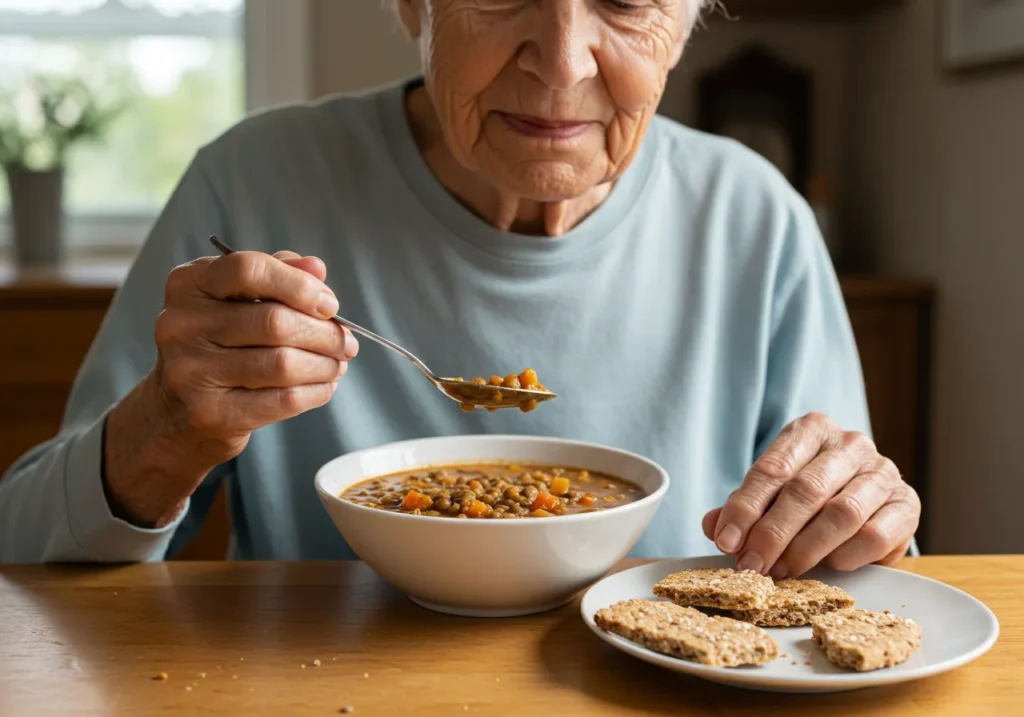
- Why seniors love it: Warm, easy to eat, packed with iron and protein.
5. 🥚 Egg & Avocado Sandwich on Whole-Grain Bread
- Add: A slice of tomato and light mustard
- Why it’s great: B12, healthy fats, and brain-boosting power.
6. 🧆 Turkey Meatballs with Brown Rice and Steamed Broccoli
- Low sodium option: Use herbs instead of salt.
7. 🥔 Baked Sweet Potato with Black Beans & Corn Salsa
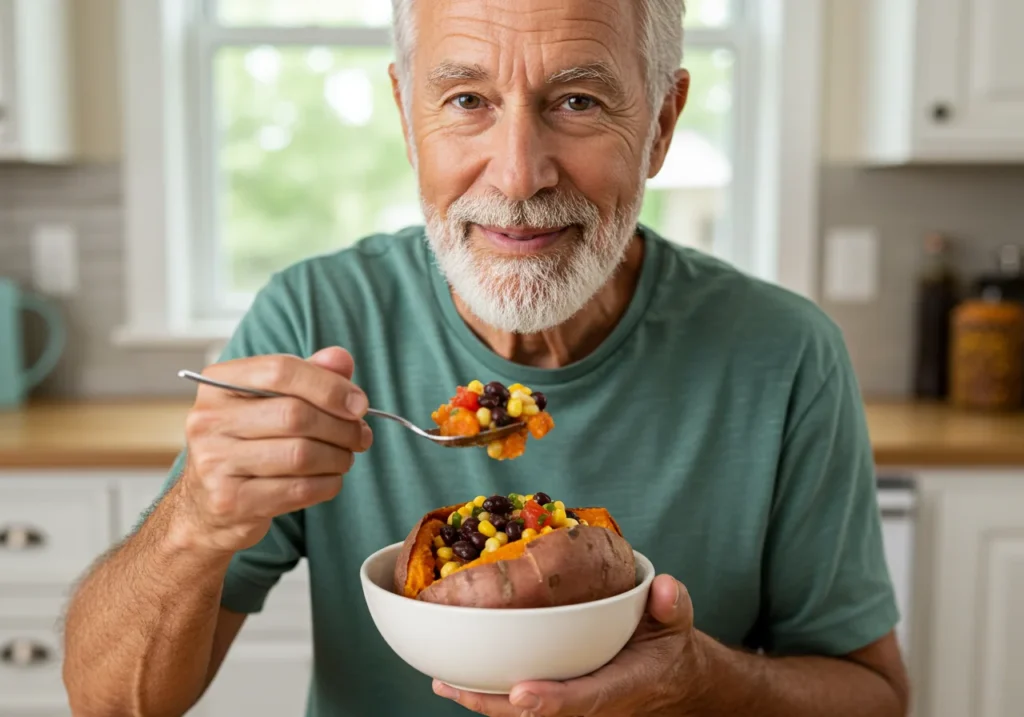
- Add: A dollop of plain Greek yogurt for a creamy finish.
- Packed with: Fiber, potassium, and Vitamin A.
8. 🥣 Tuna Salad with Chickpeas and Olive Oil Dressing
- Add: Celery, diced onions, parsley
- Quick to prep and loaded with brain-supporting omega-3s.
9. 🍲 Vegetable Stir-Fry with Tofu and Brown Rice
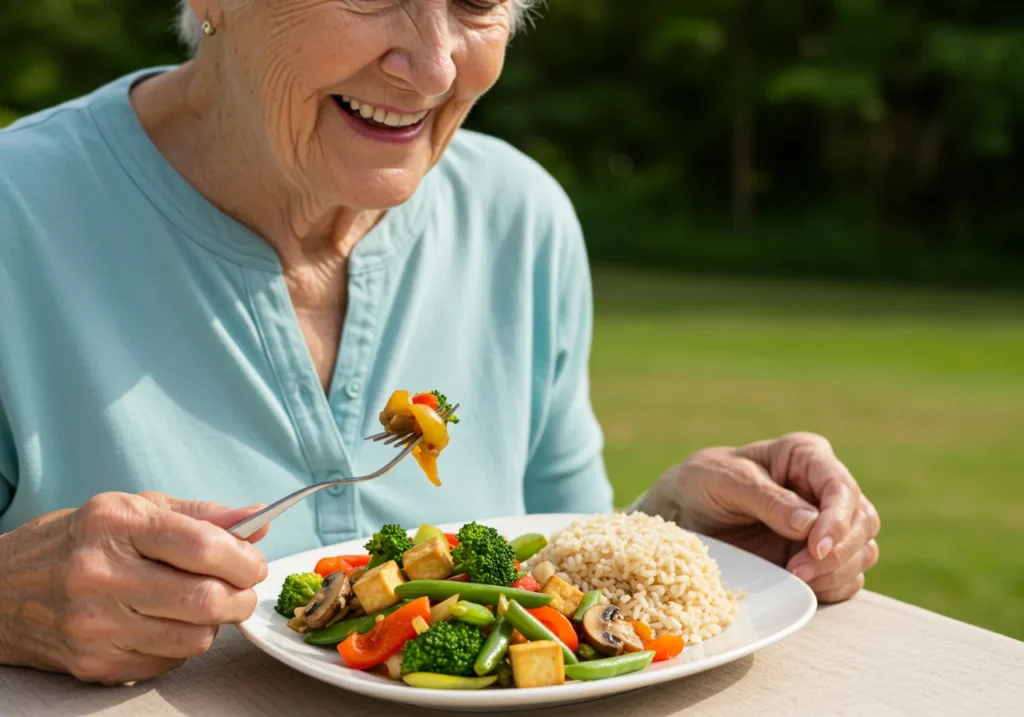
- Flavor with: Low-sodium soy sauce or tamari.
- Why it’s ideal: Plant protein, antioxidants, and easy digestion.
Weekly Sample Lunch Plan for Seniors
| Day | Meal |
|---|---|
| Monday | Lentil soup + whole-grain toast + apple slices |
| Tuesday | Turkey & avocado sandwich + steamed carrots |
| Wednesday | Grilled salmon + quinoa + sautéed kale |
| Thursday | Chickpea salad wrap + pear |
| Friday | Vegetable stir-fry with tofu + brown rice |
| Saturday | Baked sweet potato + black beans + corn salsa |
| Sunday | Egg salad sandwich + tomato soup |
Foods Seniors Should Avoid at Lunch
Certain foods may increase risks for chronic illness, dehydration, or digestive issues.
Avoid These:
- High-sodium soups & processed meats (linked to high blood pressure)
- Fried foods (contribute to heart disease)
- Raw sprouts (higher risk of foodborne illness)
- Grapefruit (interacts with some medications)
- Too much cheese (can lead to constipation)
Tips for Making Senior-Friendly Lunches
Here are 7 practical tips to make lunch enjoyable and nutritious:
- Use softer textures – Opt for steamed, baked, or mashed versions.
- Watch sodium – Stick to fresh herbs and lemon juice for flavor.
- Include a hydration source – Water-rich fruits like watermelon or cucumber.
- Balance each plate – Aim for half veggies, ¼ protein, ¼ whole grains.
- Make it colorful – Bright foods mean more antioxidants.
- Batch cook – Prepare meals in advance for convenience.
- Adjust for medical needs – Diabetic? Choose complex carbs and fiber.
What If a Senior Has Special Dietary Needs?
Some seniors live with conditions like diabetes, high blood pressure, or kidney disease. Here’s a brief on how to tweak lunch accordingly:
Diabetic-Friendly Lunch:
- Best choices: Grilled chicken + steamed veggies + small portion of sweet potato.
- Avoid: White bread, sugary dressings, and juices.
Low-Sodium Diet:
- Best choices: Homemade lentil soup (no added salt) + whole-grain bread
- Avoid: Canned soups, deli meats, and pickled foods.
Struggling with Appetite?
- Go for high-calorie nutrient-dense meals like nut butter sandwiches, avocado toast, and creamy smoothies.
Easy, No-Cook Lunch Options
Not everyone enjoys cooking every day. Here are a few senior-approved no-cook lunch options:
- Tuna-stuffed avocado halves
- Hummus with whole-grain crackers and cherry tomatoes
- Hard-boiled eggs with mixed greens and a handful of nuts
- Cottage cheese with sliced peaches
- Greek yogurt parfait with oats and berries
Expert Quotes on Senior Nutrition
“Nutrition can be a game-changer for healthy aging. The right lunch can boost cognitive function, improve immunity, and help manage chronic disease.”
— Dr. Alice H. Lichtenstein, Senior Scientist at Tufts University’s Human Nutrition Research Center
“Many older adults are at risk of undernutrition. A balanced lunch with lean protein and vegetables is one of the best daily investments in health.”
What to Remember?
Seniors don’t need fancy meals—just the right meals. A smart lunch fuels their day, stabilizes energy, and supports healthy aging. Focus on lean proteins, fiber, healthy fats, and easy-to-digest veggies. Avoid overprocessed foods and watch sodium levels. Most importantly? Keep it simple, colorful, and satisfying.
FAQs
How many calories should a senior eat at lunch?
Aim for 400–600 calories, depending on activity level and medical needs.
Should lunch be the biggest meal of the day for seniors?
Yes, in many cases, seniors benefit from making lunch their largest and most nutritious meal, especially if they tire by dinner.
Can seniors skip lunch if they’re not hungry?
Skipping meals can lead to fatigue, low blood sugar, and poor nutrient intake. Even a light, nutritious snack is better than nothing.


